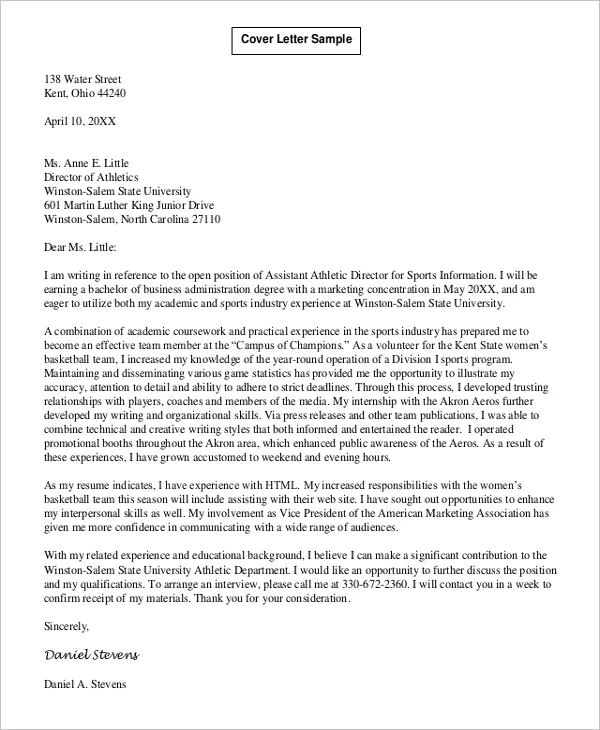What is a Cover Letter for a Resume
A cover letter is a crucial document that accompanies your resume when you apply for a job. It serves as a personalized introduction, allowing you to expand upon the information in your resume and provide the hiring manager with a more comprehensive understanding of your qualifications, skills, and experience. Unlike a resume, which provides a factual overview of your professional history, a cover letter is a chance to showcase your personality, express your enthusiasm for the position, and explain why you are the ideal candidate. Think of it as your sales pitch, designed to capture the reader’s attention and persuade them to invite you for an interview. It’s your first opportunity to make a positive impression and differentiate yourself from other applicants. A well-crafted cover letter can significantly increase your chances of landing an interview and ultimately, the job. It is also an opportunity to address any potential gaps in your resume or explain any unusual circumstances that might be relevant to your application.
The Importance of a Cover Letter
In today’s competitive job market, a cover letter is not just an optional extra, but a vital component of your job application. It provides context to your resume and allows you to highlight the aspects of your experience that are most relevant to the specific job you’re applying for. Many hiring managers consider a cover letter a key indicator of your communication skills, attention to detail, and genuine interest in the role and the company. It demonstrates that you’ve taken the time to research the position and tailor your application accordingly. Without a cover letter, you risk appearing generic and lacking the personalized touch that can make your application stand out. Additionally, a cover letter gives you the space to address any concerns or explain any unique situations that might be present in your resume, offering a more complete picture of your professional journey and demonstrating your ability to overcome challenges or take initiative. It can be the deciding factor when the competition is fierce.
Key Components of a Cover Letter
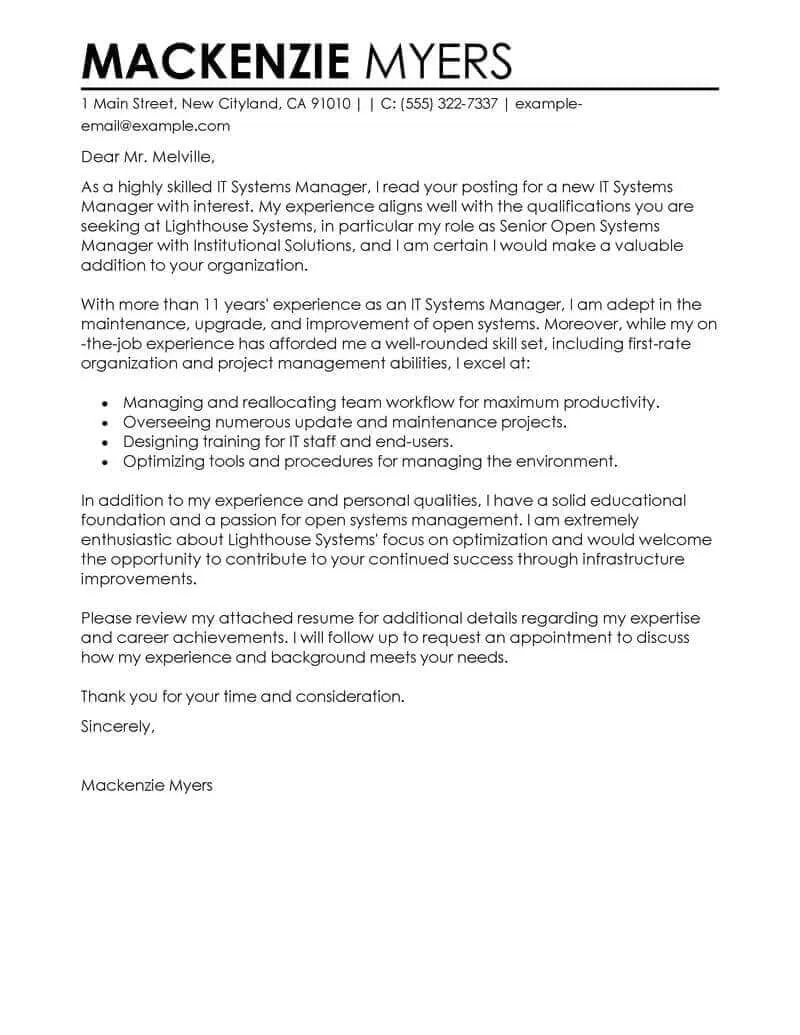
A compelling cover letter comprises several key components, each playing a vital role in conveying your qualifications and enthusiasm. A well-structured cover letter should follow a clear and logical format. The following are the elements that will help you create a winning cover letter.
Header and Contact Information
The header of your cover letter should include your contact information: your name, phone number, email address, and possibly your LinkedIn profile URL. This allows the hiring manager to quickly find your contact details. Following your contact information, include the date and the hiring manager’s name and title (if known), along with the company’s address. Using the hiring manager’s name shows you’ve taken the effort to research the company and position, making your application more personal and increasing your chances of catching their attention. Ensure the information is accurate, professional, and easy to read. Also, make sure the format aligns with professional standards, such as using a clear, readable font and sufficient spacing to avoid a cluttered appearance. Correct formatting gives an overall impression that you pay attention to detail.
Greeting the Hiring Manager
The greeting sets the tone for your cover letter, so it’s important to get it right. If you know the hiring manager’s name, use a formal salutation such as “Dear Mr. / Ms. [Last Name].” This shows you’ve done your research and adds a personal touch. If you don’t know the name, use a professional alternative like “Dear Hiring Manager” or “Dear [Department Name] Team.” Avoid generic greetings like “To Whom It May Concern,” as they can make your letter seem impersonal. When possible, tailor your greeting to the specific company or position to demonstrate your genuine interest. This could be a simple phrase, such as “Dear [Company Name] Hiring Team” or a specific project that the company is involved with. The goal is to capture attention from the start and show that you’ve invested thought into the application process.
The Opening Paragraph Grab Attention
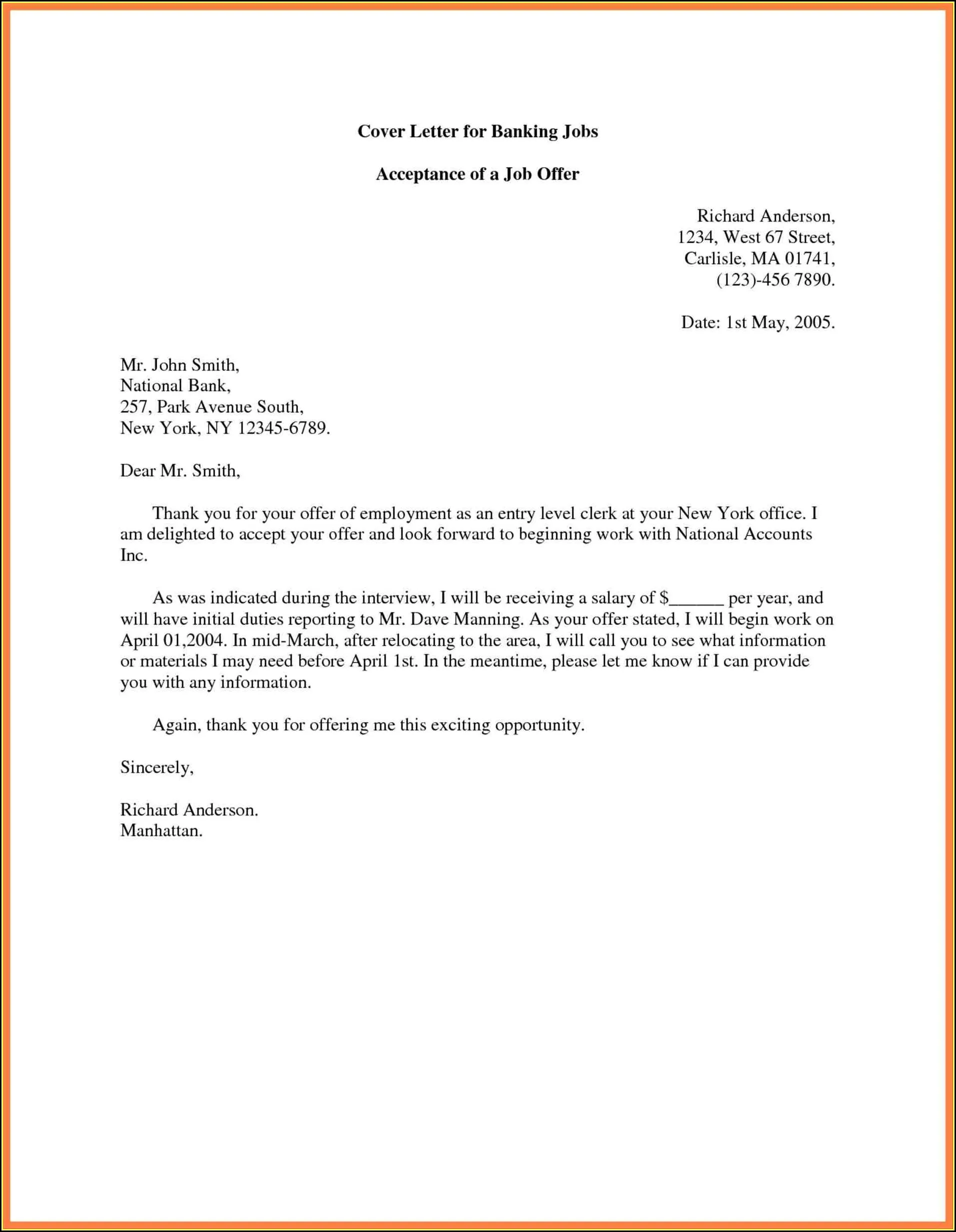
Your opening paragraph is your chance to make a strong first impression. It should immediately capture the reader’s attention and entice them to read further. Start by stating the position you’re applying for and how you found the job opening. Briefly mention why you’re interested in the company and the role, and make it clear why you’re a good fit. If you have a particularly relevant achievement or skill, consider mentioning it here to grab the reader’s attention. The opening paragraph should be concise, enthusiastic, and tailored to the specific job. Avoid generic statements and instead focus on what makes you unique and why you’re excited about the opportunity. It can also be helpful to mention a shared connection or experience to build a quick rapport. By making the opening paragraph specific and engaging, you’ll increase the chances of the hiring manager continuing to read your letter.
Highlighting Your Skills and Experience
The body of your cover letter is where you showcase your skills, experience, and achievements. Focus on the aspects of your background that align with the job requirements and the company’s values. Use specific examples to illustrate your qualifications. Instead of simply listing your skills, provide evidence of how you’ve used those skills to achieve results. Quantify your accomplishments whenever possible using data, such as the percentage of sales increased or the number of projects completed. Tailor each bullet point to the job description, emphasizing the skills and experiences that are most relevant to the role. This demonstrates that you’ve taken the time to understand the position’s needs. Structure your letter logically, organizing your achievements thematically to showcase the full scope of your abilities and qualifications. Demonstrate that your skills align with the requirements and have a positive impact.
Showcasing Relevant Achievements
One of the most effective ways to make your cover letter stand out is to highlight relevant achievements. These are specific accomplishments that demonstrate your skills and capabilities. Instead of just listing your job duties, focus on the positive outcomes of your work. Use the STAR method (Situation, Task, Action, Result) to structure your examples. Describe the situation you were in, the task you were assigned, the actions you took, and the results you achieved. The more detailed your achievements are, the more impactful your letter will be. For example, if you increased sales, specify the percentage increase and any steps you took to achieve it. If you led a project, describe the project, your role, and the successful outcome. By quantifying your achievements and showcasing your ability to deliver results, you demonstrate your value to the employer.
Tailoring Your Cover Letter
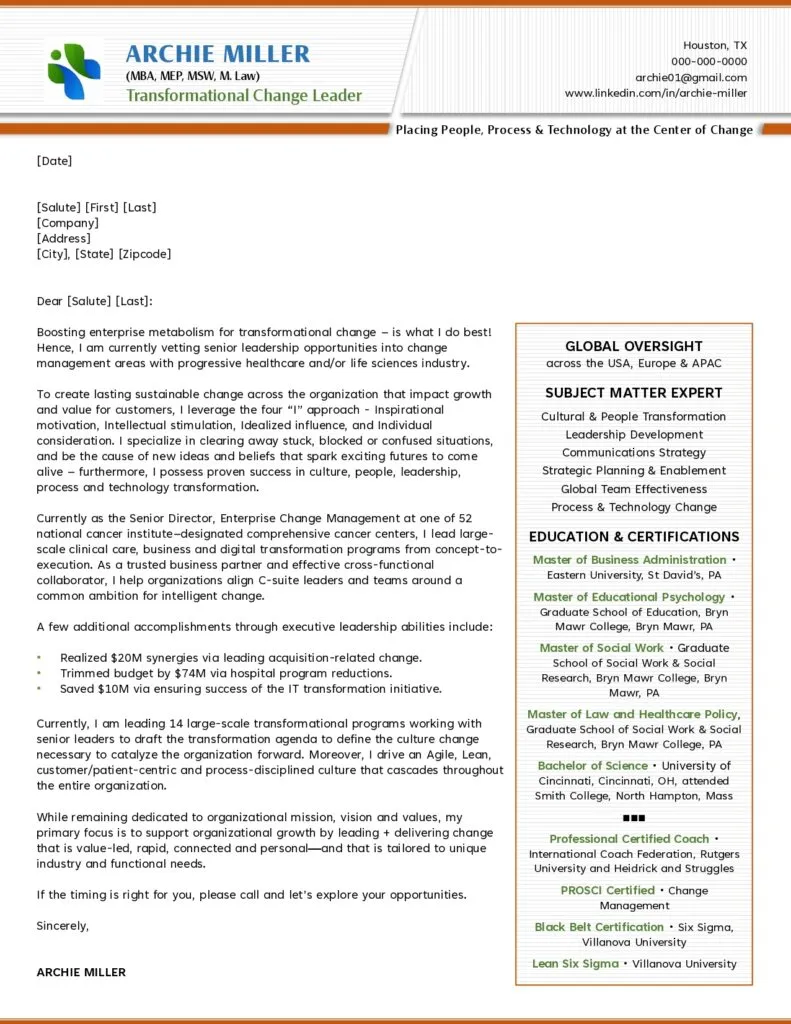
Customizing your cover letter for each job is essential. While it takes extra time, the effort significantly increases your chances of success. Don’t use a generic cover letter; instead, personalize it to the specific requirements of the role and the company. Carefully review the job description and identify the key skills and qualifications the employer is seeking. Then, use your cover letter to demonstrate how your experience and skills match those requirements. Mention the company by name, and if possible, refer to specific projects, values, or initiatives that resonate with you. This level of customization shows the hiring manager that you’ve done your research and that you are genuinely interested in the opportunity. Avoid sending the same letter to multiple employers and always tailor your cover letter to reflect the unique aspects of the job you are applying for.
Researching the Company
Before writing your cover letter, take the time to research the company thoroughly. Visit their website, read their mission statement, and explore their social media profiles. Understanding the company’s culture, values, and recent projects can help you tailor your letter to their specific needs and demonstrate your genuine interest. Look for information about the company’s goals, initiatives, and challenges. This knowledge will enable you to address how your skills and experience align with their objectives. By demonstrating that you understand the company’s business and values, you’ll make a stronger impression and show that you’re not just looking for a job, but that you’re interested in becoming a part of their team. Also, researching the company may reveal the hiring manager’s name, which will help in personalizing the greeting.
Using Keywords
Many companies use Applicant Tracking Systems (ATS) to scan resumes and cover letters for relevant keywords. To ensure your application doesn’t get filtered out, incorporate keywords from the job description into your cover letter. Identify the key skills, qualifications, and phrases listed in the job posting. Use these terms naturally throughout your letter, but avoid keyword stuffing, which can make your letter sound unnatural and forced. The goal is to demonstrate that your skills and experience align with the job requirements. Also, emphasize these keywords within the context of your achievements and experiences to give your cover letter more depth. By strategically including relevant keywords, you increase the chances of your cover letter getting noticed by both the ATS and the hiring manager.
Formatting Your Cover Letter
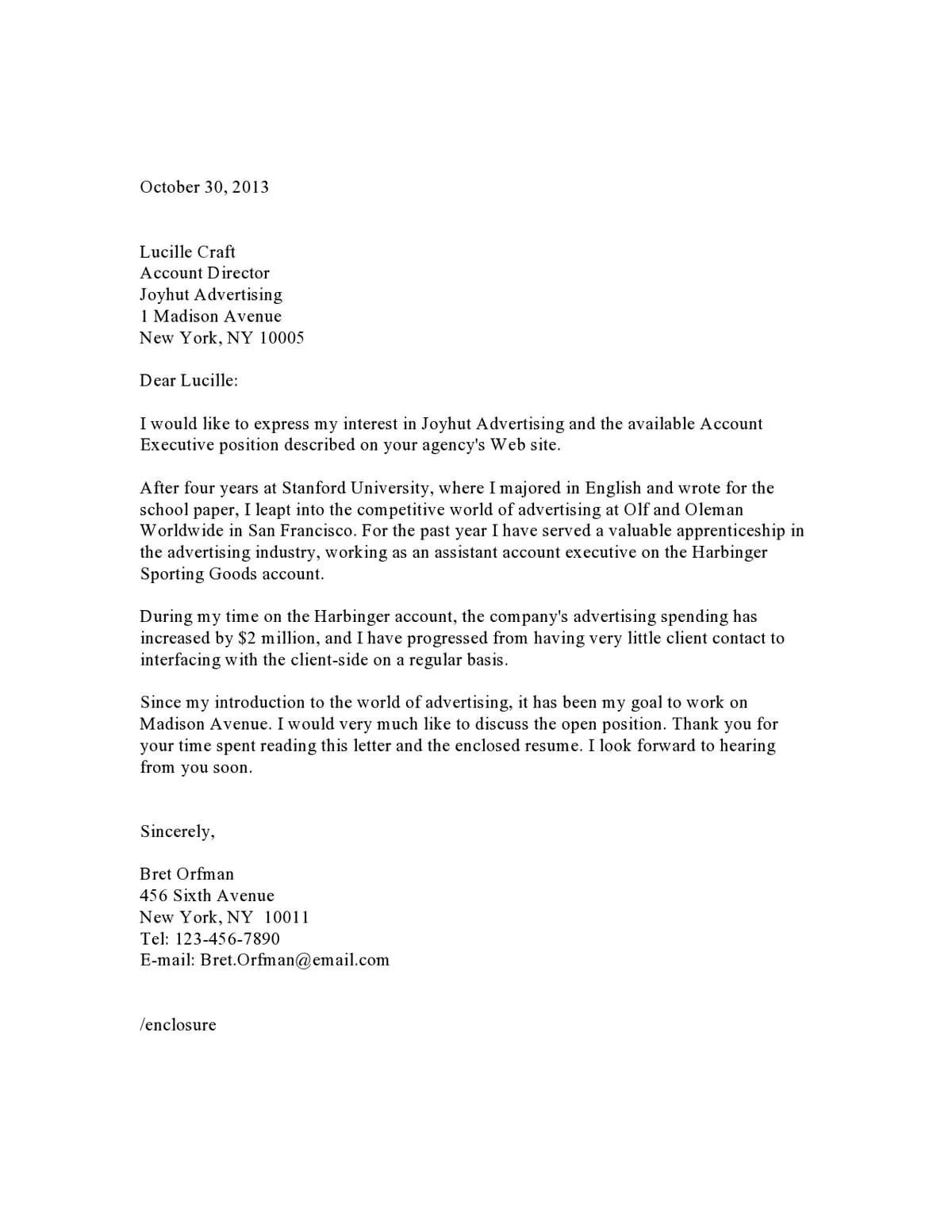
The formatting of your cover letter is as important as its content. A well-formatted letter is easy to read and visually appealing, making a positive impression on the reader. Choose a professional font, such as Times New Roman, Arial, or Calibri, and use a font size of 11 or 12 points. Maintain consistent formatting throughout the document, including margins, spacing, and bullet points. Use clear headings and subheadings to organize your content and make it easy to scan. Keep your paragraphs concise, and use bullet points to highlight key achievements or skills. Ensure your letter is free from grammatical errors, spelling mistakes, and typos. A polished and well-formatted cover letter demonstrates your attention to detail and professionalism, reflecting positively on your candidacy.
Choosing the Right Font and Size
Selecting the right font and size is essential for readability and professionalism. Choose a font that is easy to read and visually appealing, such as Times New Roman, Arial, or Calibri. These fonts are widely recognized and considered standard for professional documents. The font size should be between 11 and 12 points to ensure your cover letter is easy to read without being too small or too large. Avoid using unusual or overly stylized fonts, as they can be distracting and unprofessional. Make sure the font size is consistent throughout the entire document, including the header, body text, and closing. Properly formatted fonts demonstrate your attention to detail and enhance the overall presentation of your cover letter.
Proofreading and Editing
Before submitting your cover letter, proofread and edit it carefully. Spelling and grammatical errors can create a negative impression, making you appear careless and unprofessional. Use a spell-checker and grammar-checker to identify potential mistakes. However, don’t rely solely on these tools; carefully review your letter yourself. Read your cover letter out loud to catch any awkward phrasing or errors. Have someone else review your letter as a fresh pair of eyes can often spot mistakes that you may miss. Focus on clarity, conciseness, and proper grammar. Ensure that your letter flows logically and that your message is easy to understand. Proofreading is a crucial step that significantly increases the quality of your application and makes you appear more professional.
Call to Action and Closing
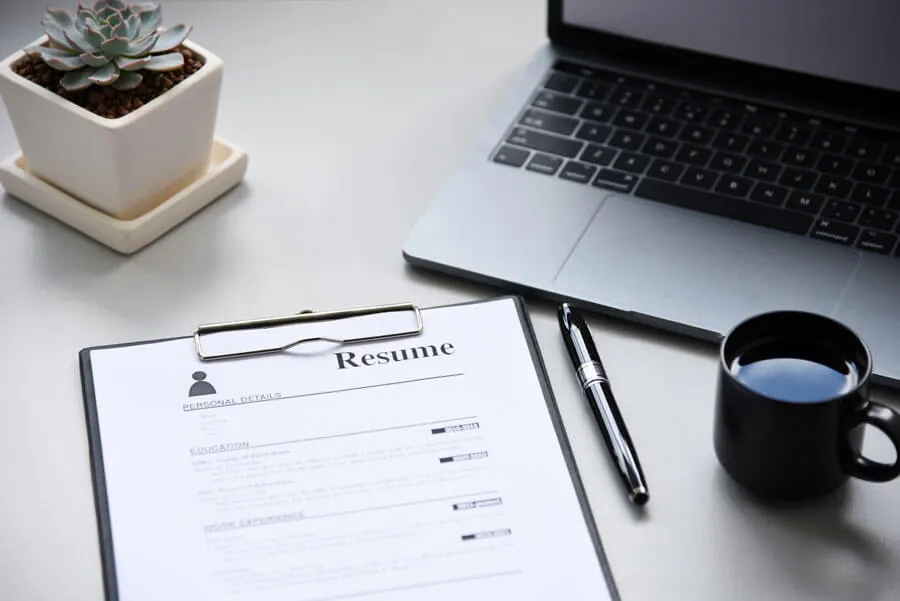
Your closing paragraph should include a clear call to action. Express your interest in the position and reiterate your enthusiasm for the opportunity. State that you are available for an interview and provide your contact information again. Be direct and concise about your desire to move forward in the hiring process. End the letter with a professional closing, such as “Sincerely,” “Respectfully,” or “Best regards,” followed by your typed name. Avoid overly casual or informal closings. Ensure that your closing is consistent with the overall tone of your cover letter. Your call to action should reinforce your qualifications, express your eagerness to discuss your application further, and make it easy for the hiring manager to contact you.
Thanking the Reader
Showing gratitude is a key element of a professional cover letter. A polite thank you conveys respect and adds a positive touch to your application. Thank the hiring manager for their time and consideration. Express your appreciation for the opportunity to apply for the position and reiterate your enthusiasm. Make sure your tone is sincere and genuine. Consider including a statement such as, “Thank you for your time and consideration. I look forward to the opportunity to discuss my qualifications in an interview.” A simple expression of gratitude demonstrates your professionalism and strengthens your chances of making a favorable impression. It leaves the reader with a positive feeling and encourages them to take the next steps in the hiring process. This shows that you recognize and value the hiring manager’s effort in reviewing your application.
Sign Off and Contact Information
After your closing paragraph, include a professional sign-off, such as “Sincerely,” “Regards,” or “Best regards.” Following your sign-off, type your full name. Below your name, you should include your contact information, including your phone number and email address. This makes it easy for the hiring manager to reach you for an interview or further communication. Ensure your contact details are accurate and up to date. The inclusion of this information allows the hiring manager to quickly access your information at a glance, facilitating an easy transition into the next steps of the hiring process. Providing your contact information in a clear and professional manner is essential for demonstrating your commitment to the opportunity.
Cover Letter Examples Putting It All Together
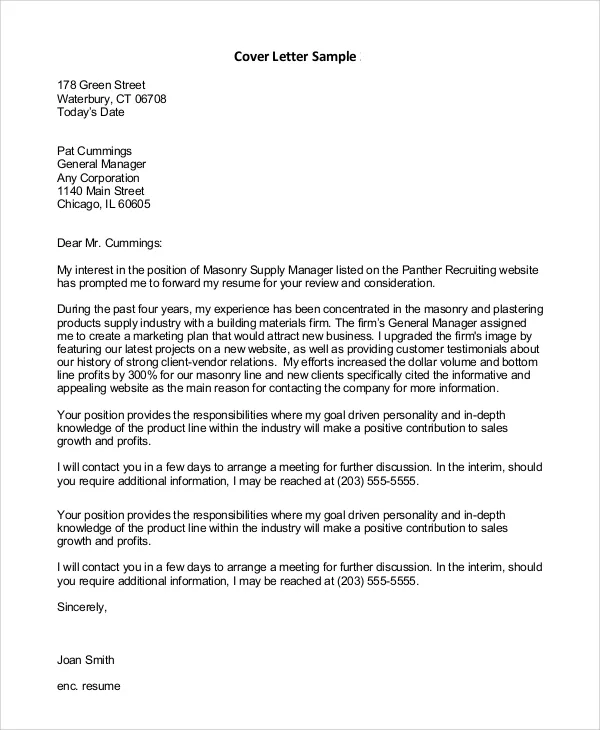
To effectively demonstrate the principles discussed, let’s examine cover letter examples for different job roles. These examples will help you visualize how to structure your own cover letter to effectively convey your qualifications and enthusiasm. Each example provides a practical understanding of how to structure a cover letter and tailor it for different career scenarios, helping you create a compelling application that grabs the attention of the hiring manager. By seeing how these components are put together, you can better understand how to incorporate these components into your own cover letter.
Example Cover Letter Entry-Level Position
For an entry-level position, your cover letter should emphasize your enthusiasm, relevant coursework, and any internships or volunteer experiences. Highlight your eagerness to learn and contribute to the company. If you are applying for your first job, focus on your skills learned during your education or training. These cover letters typically focus more on soft skills, such as communication, teamwork, and problem-solving. Show how you can be a valuable asset to the company, even without extensive work experience. Emphasize your willingness to learn and your ability to adapt to a new environment. Use the STAR method to detail relevant experiences and achievements.
Example Cover Letter Experienced Professional
Experienced professionals should use their cover letters to showcase their accomplishments, leadership skills, and expertise. Provide specific examples of how you have achieved results in previous roles. Quantify your achievements whenever possible by using numbers and data to show the impact of your work. Focus on your ability to solve problems, lead teams, and drive success. Highlight how your experience and skills align with the job requirements and the company’s goals. Demonstrate your understanding of the industry and how you can contribute to the company’s success. Your cover letter should prove that you are a seasoned professional.
Common Mistakes to Avoid
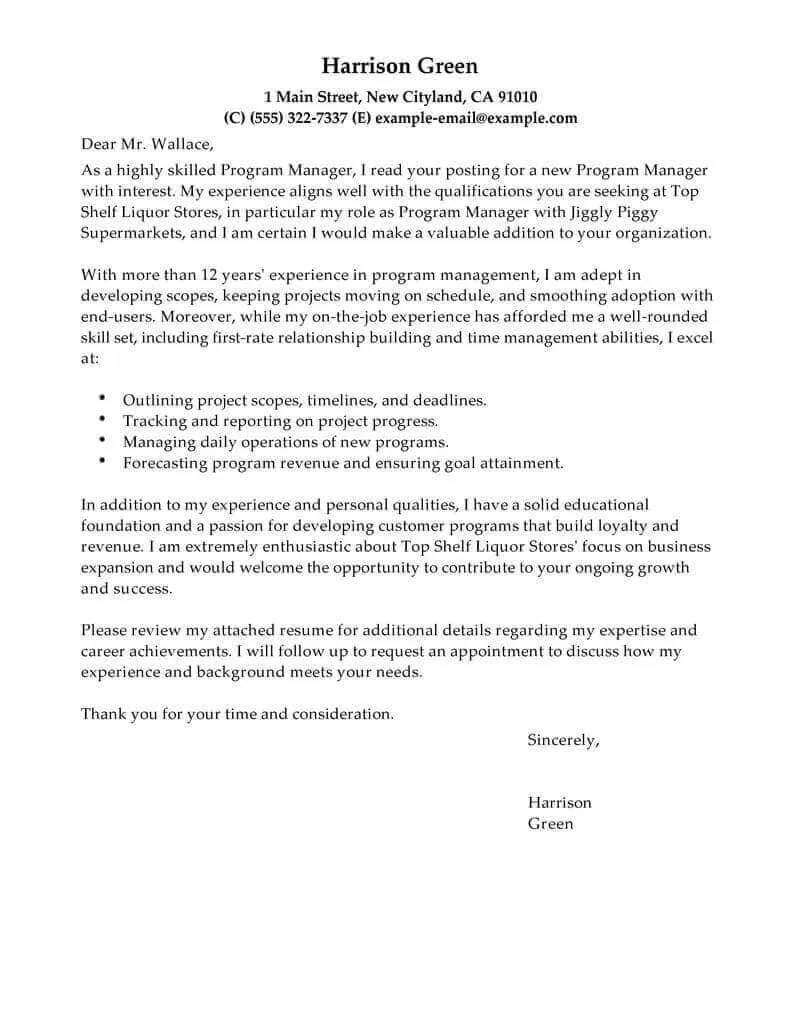
While writing a cover letter, be sure to avoid common mistakes that could undermine your application. These errors may create a negative impression and decrease your chances of an interview. Here are some errors to avoid.
- Typos and Grammatical Errors - Proofread carefully.
- Generic Cover Letters - Tailor each letter to the specific job.
- Exceeding One Page - Keep it concise and focused.
- Repeating Resume Content - Expand on your achievements.
- Using Clichés - Use original and engaging language.
- Being Negative - Focus on your strengths and enthusiasm.
- Lack of Research - Always research the company before applying.
Sending Your Cover Letter
How you send your cover letter is as important as its content. Always follow the employer’s instructions regarding the application process. Usually, the cover letter is attached with the resume as a single document in PDF format. If you are emailing your cover letter, include a brief introduction in the email body and attach the cover letter and resume as separate files. Name your files professionally with your name and the document type, such as “[Your Name] - Cover Letter” and “[Your Name] - Resume.” Make sure your email address is professional. A well-formatted and carefully sent cover letter ensures that your application presents the best possible image.
File Format and Naming Conventions
To ensure your cover letter is accessible and professional, use the correct file format and naming conventions. Save your cover letter as a PDF (Portable Document Format) file. PDF files preserve the formatting of your document, ensuring that the hiring manager sees it as you intended, no matter what software they use. Name your file in a clear and professional manner, such as “[Your Name] - Cover Letter” or “[Your Name] - Cover Letter - [Job Title].” This makes it easy for the hiring manager to identify your application and keep it organized. Avoid using generic file names or special characters in the file name. Proper formatting demonstrates your attention to detail and helps create a favorable first impression.
